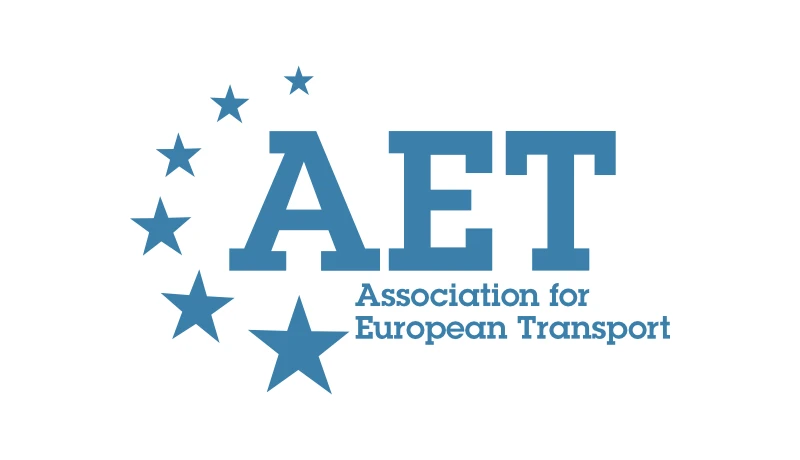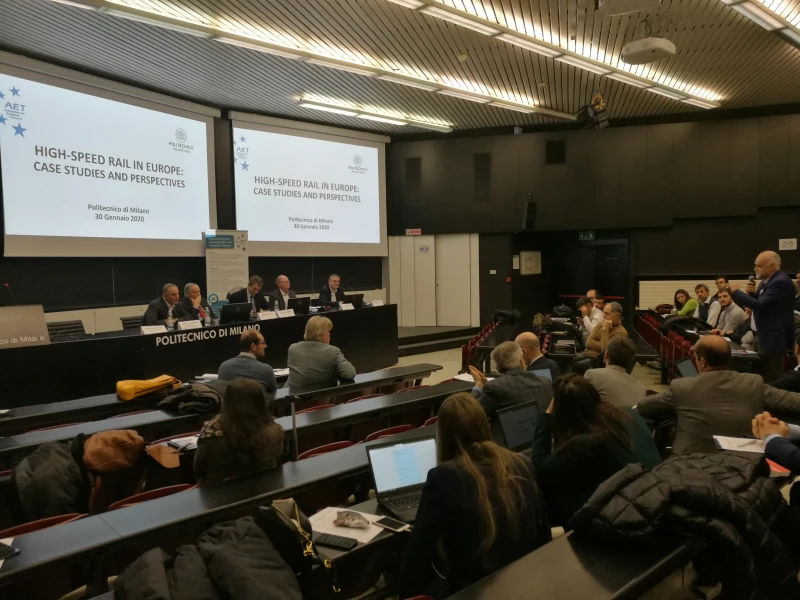-
Past ETC Papers
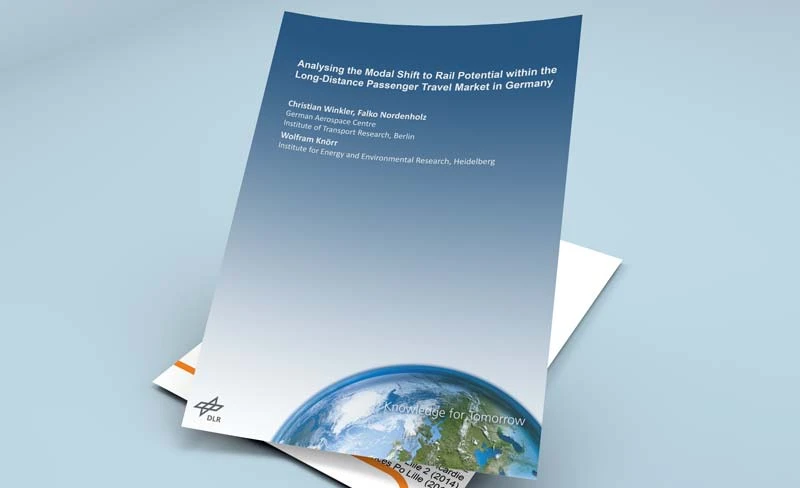
Browse, search and view papers from the past AET Conferences.
-
Members' Area

AET promotes networking and exchange of ideas, information and opportunities amongst members.
Conference Papers 2021
Online
ETC Conference Papers 2021
Hydrogen as a paste - Application scenarios in the transport sector
Seminar
Day 3 (15 Sep 2021), Session 9, TRANSPORT DECARBONISATION AND RENEWABLE TRANSPORT FUELS, 16:00 - 18:00
Status
Accepted, documents submitted
Submitted by / Abstract owner
Julius Brinken
Authors
Julius Brinken
Tim Schulz
Tom Assmann
Short abstract
The paper presents the energy-storage Powerpaste and compares it with compressed hydrogen and Li-Ion accumulators. After deriving the advantages and challenges of this technology, application scenarios in the transport sector are generated.
Abstract
The central challenge for the transportation and traffic sector is the decarbonization of all vehicle fleets in the coming decades (European Environment Agency 2020). Numerous innovations and research projects relate to innovative energy storage and propulsion technologies that make this transformation possible (Hannula and Reiner 2019; Cao et al. 2020). At the centre of potential solutions to reduce CO2 emissions are vehicles that use lithium-ion batteries or hydrogen tanks as energy sources. Since both of these technologies have limitations for their application, PowerPaste was invented to enable its use in more application areas and accelerate decarbonization.
PowerPaste is a newly developed metal hydride-based energy storage system that can be transported and used without high pressures and low temperatures, while providing significantly higher volumetric energy density compared to gaseous hydrogen. PowerPaste thus allows for reduced transportation requirements while changing limitations on its use. In this paper, the properties of PowerPaste relevant to transport and use are highlighted and then compared to compressed hydrogen and Li-ion batteries using criteria from Porter and PESTEL analysis (Aguilar 1967; Porter 2008). Based on this comparison, a customized SWOT analysis is performed and attributes of possible mobile applications are defined. The attributes are sorted and presented in a morphological box, which then can be used to generate application scenarios for PowerPaste.
While previous methodologies mostly define attributes of solutions for already known application fields (Jones et al. 2019; Liimatainen et al. 2019), this paper uses the example of PowerPaste to show how possible application fields can be assigned to a new technology based on its attributes. The purpose of this paper is to present PowerPaste as a new energy storage for mobile application while using a new mix methods to generate application scenarios for the technology.
Publication bibliography
Aguilar, Francis J. (1967): Scanning the business environment. New York, Macmillan
Cao, Daxian; Sun, Xiao; Li, Qiang; Natan, Avi; Xiang, Pengyang; Zhu, Hongli (2020): Lithium Dendrite in All-Solid-State Batteries: Growth Mechanisms, Suppression Strategies, and Characterizations. Available online at https://www.sciencedirect.com/science/article/pii/S2590238520301284.
European Environment Agency (2020): Transport greenhouse gas emissions. Available online at https://www.eea.europa.eu/airs/2018/resource-efficiency-and-low-carbon-economy/transport-ghg-emissions, updated on 12/18/2020, checked on 1/25/2021.
Hannula, Iikka; Reiner, David (2019): Near-Term Potential of Biofuels, Electrofuels, and Battery Electric Vehicles in Decarbonizing Road Transport. Available online at https://www.sciencedirect.com/science/article/pii/S2542435119304167.
Jones, J.; Genovese, A.; Tob-Ogu, A. (2019): Hydrogen vehicles in urban logistics: A total cost of ownership analysis and some policy implications. Available online at https://www.sciencedirect.com/science/article/abs/pii/S1364032119308032.
Liimatainen, Heikki; van Vliet, Oscar; Aplyn, David (2019): The potential of electric trucks. An international commodity-level analysis. Available online at https://www.sciencedirect.com/science/article/pii/S0306261918318361.
Porter Michael, E. The five competitive forces that shape strategy. Harv Bus Rev. 2008 Jan;86(1):78-93, 137. PMID: 18271320
Programme committee
Global Trends Impacting Transport
Topic
The Climate Emergency
Documents:

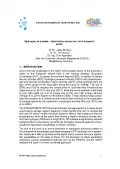
Association For
European Transport
Forester House
Doctors Lane
Henley-in-Arden
Warwickshire, UK
B95 5AW
+44 (0) 15 64 793552
VAT number: 710 1866 64
Conference Supporters & Endorsers

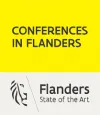


Legal Entity
The Association for European Transport is registered as an Association ('vereniging') with the Chamber of Commerce for Haaglanden in The Netherlands under company number 27170096.
Built on Zenario

